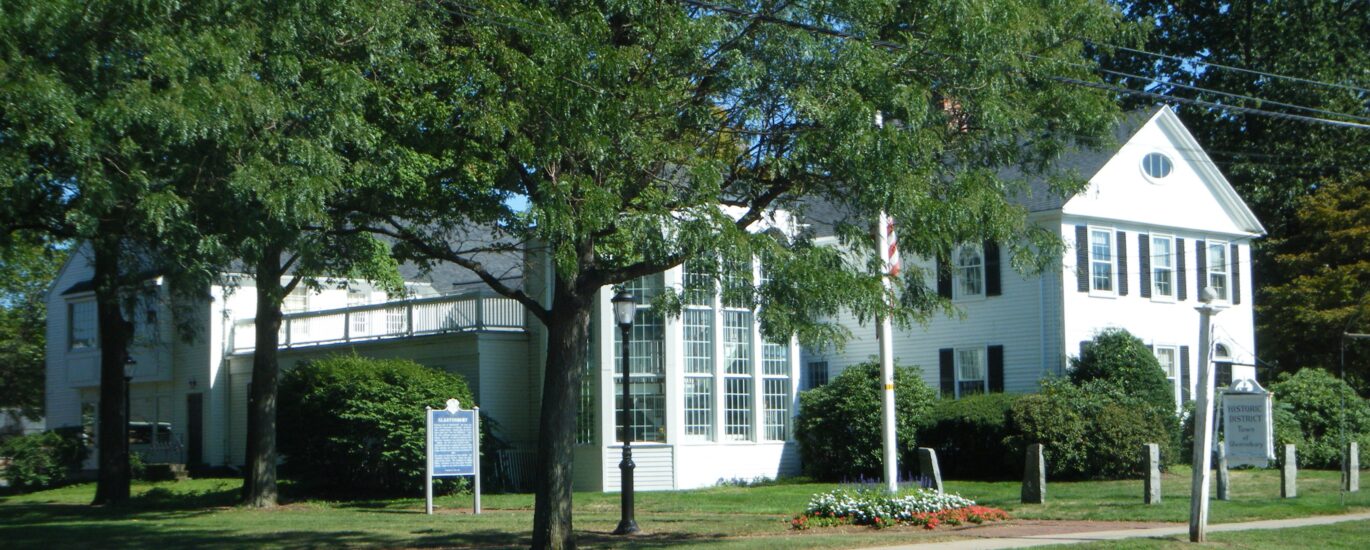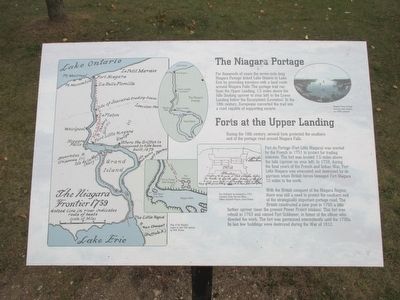Welcome to the Glastonbury Historic District, a charming area rich in history and stories that have shaped the region over centuries. This district, located in Glastonbury, Connecticut, offers a glimpse into the past through its well-preserved architecture and historical landscapes.
Glastonbury was first settled in 1636 as part of Wethersfield, one of Connecticut’s oldest colonial settlements. By 1693, the settlement had grown sufficiently to be incorporated as a separate town, originally named Glassenbury. Its strategic location along the Connecticut River made it an important site for trade and transport, with the Rocky Hill–Glastonbury ferry established as the only river crossing at the time.
The South Glastonbury Historic District, affectionately known as SoG by locals, became the town’s first village center. The development of grist and saw mills on Roaring Brook spurred its growth in the late 17th century. By the 19th century, textile mills and other industries had emerged, contributing to the area’s economic expansion.
The historic district is home to an array of architectural styles, showcasing the evolution of building designs over three centuries. Notable buildings include the Carpenter Gothic St. Augustine’s Church, built around 1878, and the oldest surviving building, the Tryon House, dating back to circa 1731. The Welles-Shipman-Ward House, a fine Georgian structure built around 1755, is a testament to the craftsmanship of the era.
Prominent figures associated with Glastonbury include members of the Welles family, such as Thomas Welles, an early colonial governor, and Gideon Welles, who served as the United States Secretary of the Navy during the Civil War.
Over time, Glastonbury evolved from a bustling industrial hub to a primarily residential suburb of Hartford, while maintaining its historical charm. Today, the district stands as a testament to the town’s rich heritage, offering visitors a unique opportunity to walk through history.



